Chrome Creek is a tributary of the National Wild and Scenic North Fork Smith River. Located in the Southern Oregon Kalmiopsis Wilderness, it is also a proposed Wild and Scenic River. A group of Northwest Rafting Company guides decided to spend five days exploring why it deserves protection. Our hard work to access this remote place was rewarded by experiencing a pristine wilderness ecosystem complete with stunning views, carnivorous plants, and crystal clear water.
Approaching Chrome Creek
Accessing Chrome Creek requires a complex and arduous logistics package. Starting just below the Buckskin Peak Trailhead, we followed the Kalmiopsis Rim and Chetco Divide Trails. As far as we know, this was the first descent from its headwaters all the way to the confluence 8.58 miles below. Hoping to paddle the main stem, we brought paddling gear on top of the regular backpacking equipment.
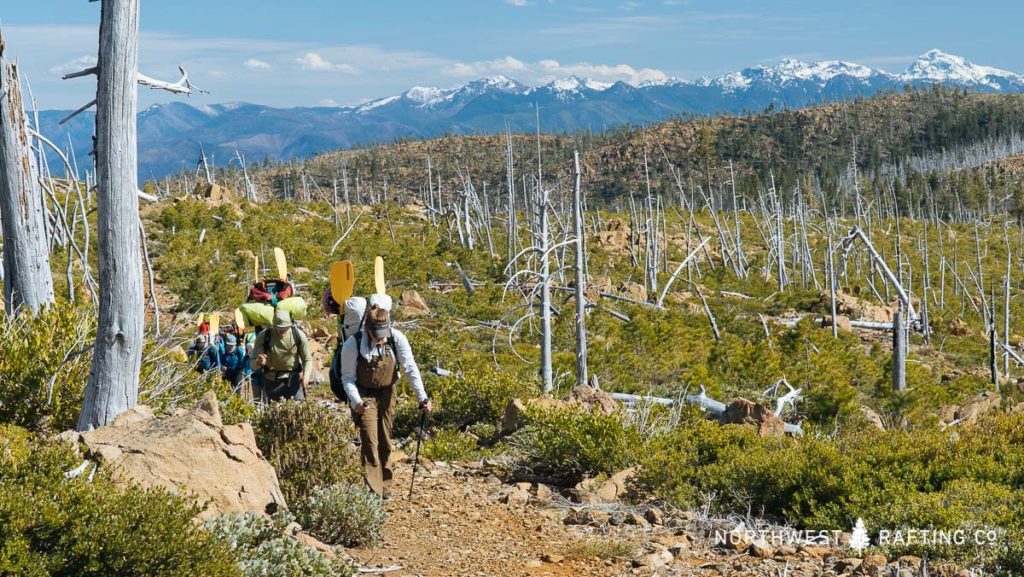
We spent our first two days at a base camp scouting the best access point for the creek. On our way, we were able to stand on a ridge overlooking the headwaters of all three Kalmiopsis Wild and Scenic Rivers: the Chetco River, the Illinois River, and the North Fork of the Smith River. Because we work on two of these amazing rivers, it was especially significant for us to see the springs that feed them. Seeing the river as a whole instead of just the commercial stretch added context. It also showed us how a pristine headwaters region translates to clean and clear water downstream.
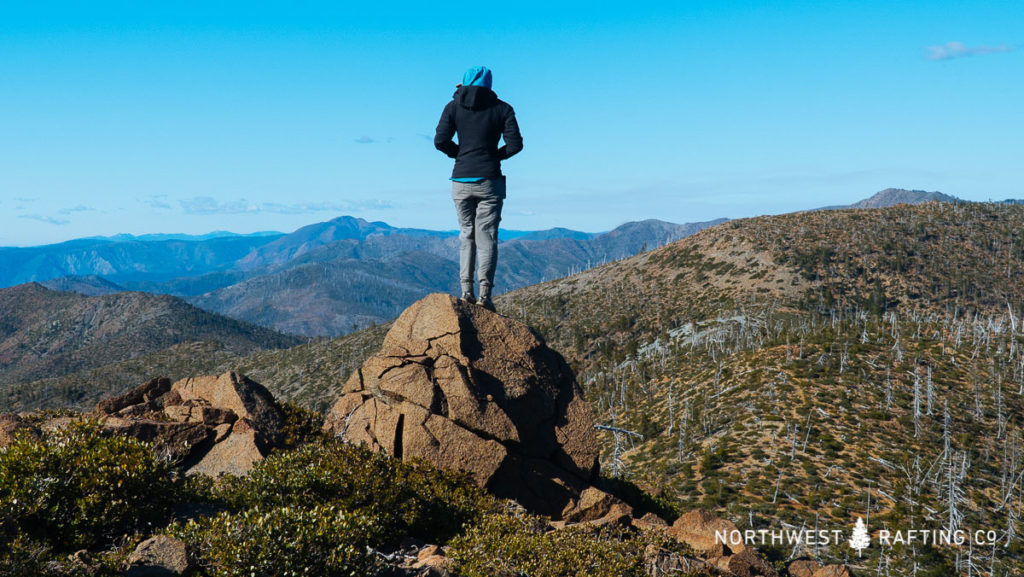
Indeed the water in and around the Kalmiopsis Wilderness is clean. On the trip, we brought water quality test equipment thanks to Adventure Scientists, a nonprofit running a Wild and Scenic Rivers water quality program. We tested multiple sites on both established (Chetco, North Fork Smith rivers) and proposed (Baldface, Chrome creeks) Wild and Scenic Rivers. While these areas are specifically valued for their water quality in the Wild and and Scenic Rivers Act, they are rarely tested. We were able to prove that they are still extremely healthy at these upper reaches.
Exploring Chrome Creek
After a steep descent into Chrome Creek watershed we found running water, but not enough to warrant inflating our boats. Instead we continued to hike, following game trails and frequently crossing the river to navigate downstream. We marveled at Darlingtonia fens, carnivorous plants that solely rely on insects for food. We scrambled over sharp red-orange peridotite and serpentinite rocks that make up the creek bed. These rocks are directly from the Earth’s crust, rarely found on its surface.
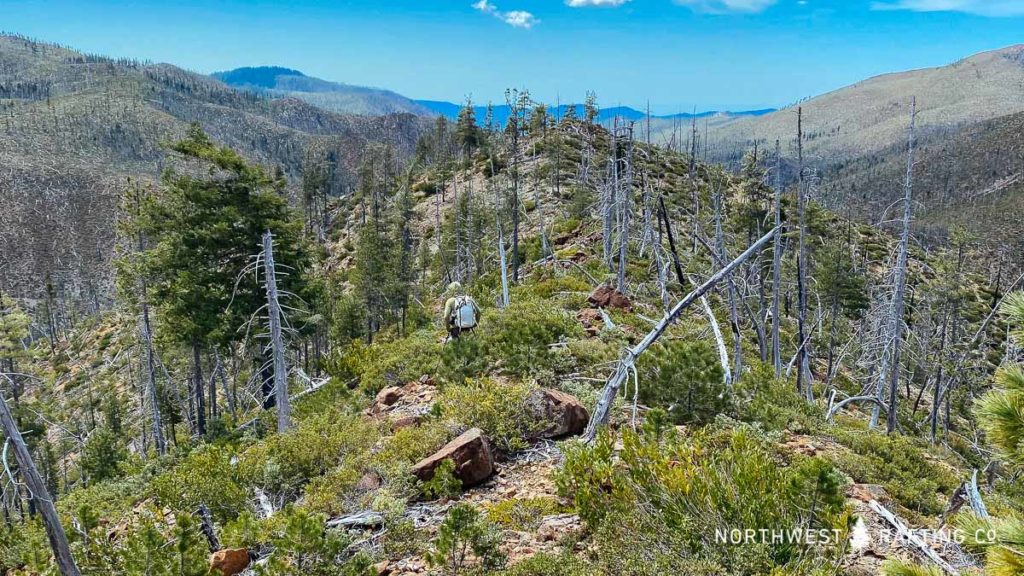
After a few more tributaries joined the creek, we inflated our boats and continued downstream. At points, the river widened and we needed to carry the boats on our backs. We rigged our backpacks upside down on the boats, using the shoulder straps to carry the entire craft around the shallowest rapids. In total we spent 2.5 days in Chrome Creek. Our last half day we joined the North Fork of the Smith River.
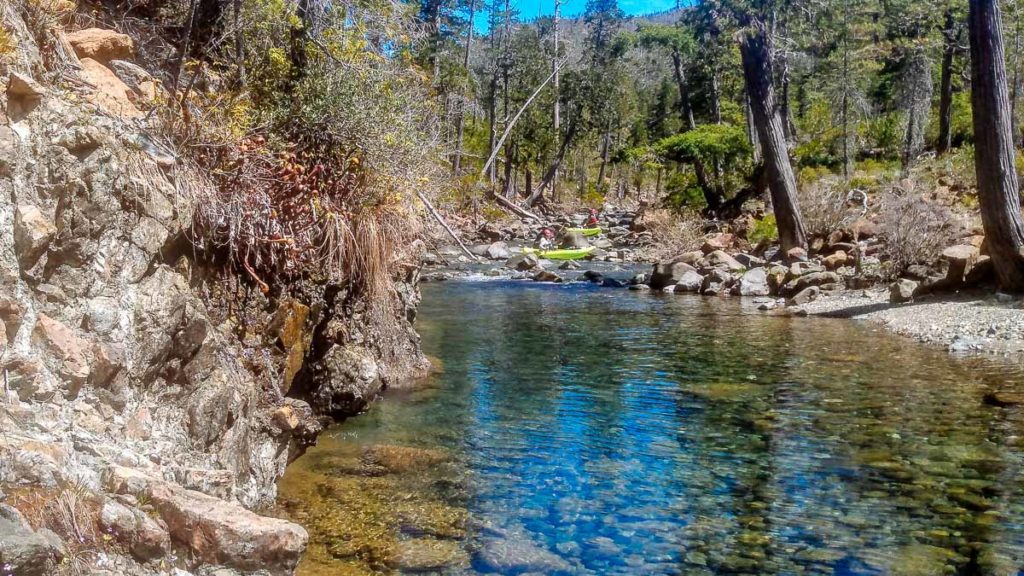
Overall, Chrome Creek is characterized by a steady but continuous gradient, a beautiful serpentinite gorge, wide cobble stretches, and two miles of beautiful forested pool drop canyon just above the confluence with the North Fork Smith of the River. Timing the flows to balance paddling, safety, and access is extremely difficult. There are no trails or obvious evacuation routes from the river, and some river-wide logs would come into play at higher flows.
After the Chrome Creek Confluence
As we joined the upper North Fork Smith, the river maintained a similar character to the lower section of Chrome Creek. Clear pools harbored schools of fish.
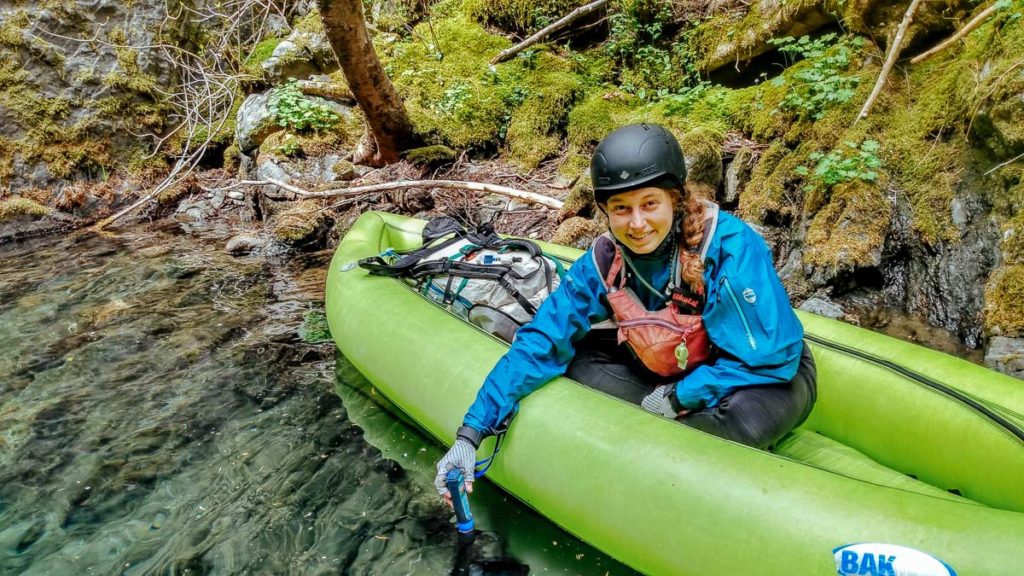
Once we passed Baldface Creek, the river was choked by huge boulders and undercut rocks that required portages. But after this intense section, the river mellowed into longer pools and shallow rapids until takeout at Major Moore’s.
Chrome Creek is Truly Wild
Our exploration was inspired by the recent introduction of the River Democracy Act (S.192). Proposed by Senators Ron Wyden and Jeff Merkley, the bill adds and amends the Wild and Scenic Rivers Act. It designates Chrome Creek and its major tributaries as Wild Rivers. After our trek, we can say with confidence that Chrome Creek deserves this Wild designation due to its water quality, rare plants, and stunning scenery.
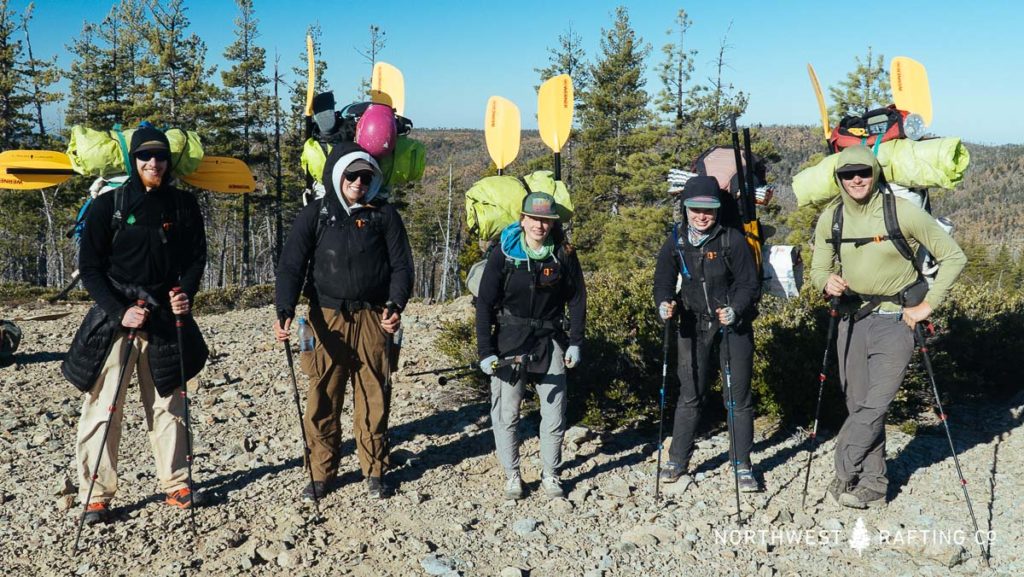
Following a river from source through confluence showed us how a river evolves in its environment. Rivers are not one character, but in fact integrate their surroundings as they adapt to different landscapes. Varying geologies, land uses, and gradients drastically changed our experience every mile, compounding on each other. Consequently, it gave us respect for this unique environment. We hope to give others a window into a special place. Please urge Oregon’s Congressional Delegation to continue their momentum protecting the rivers in Southern Oregon.